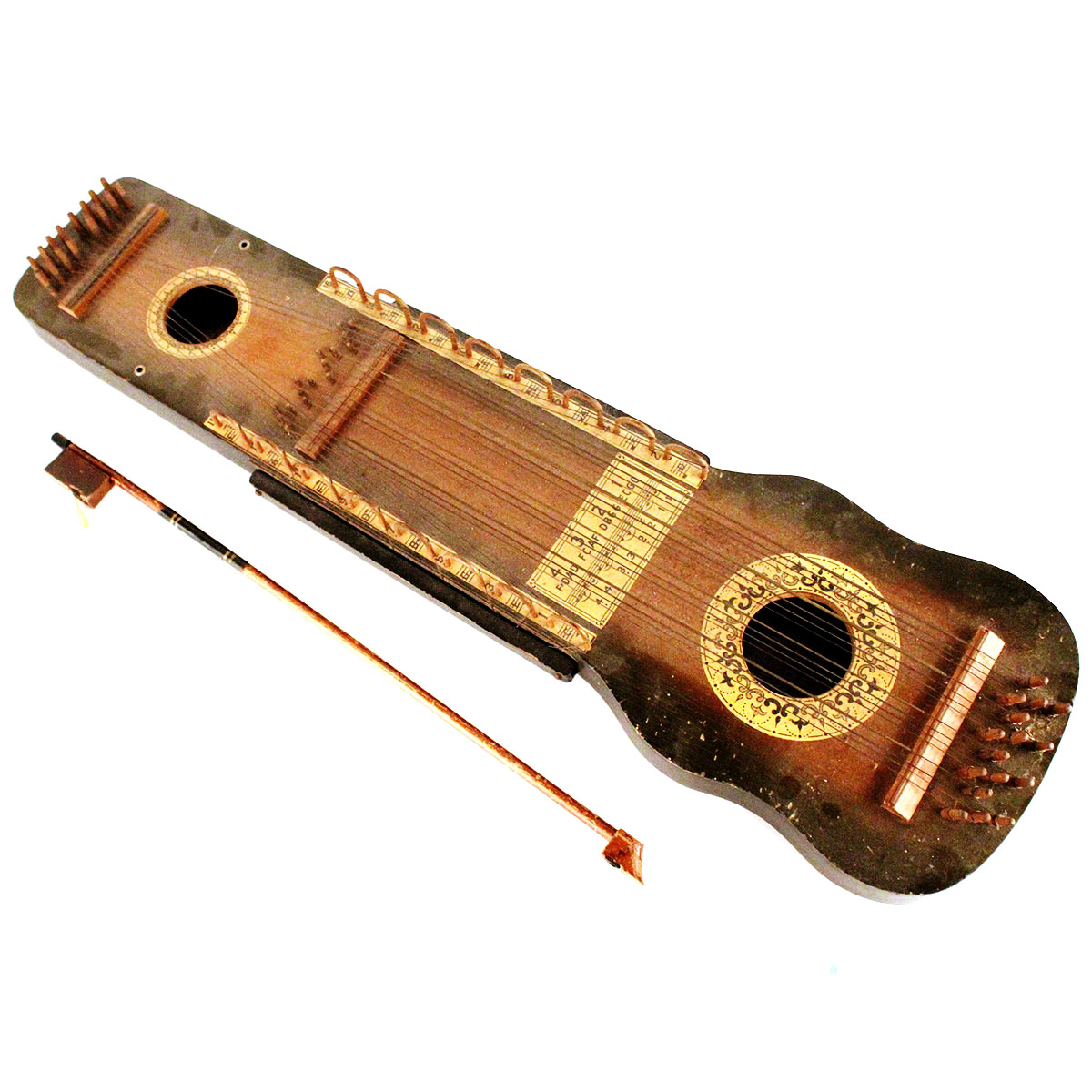


Regarding the wood finish, check with your piano manufacturers to find out the best cleaning solutions for each brand. To avoid oils and smudges, in general, try to wash your hands before you play. Alcohol will remove oils but it dries up everything in its wake. To clean the keyboard, use a damp cotton cloth and avoid alcohol. If an exterminator doesn't sound ideal, moth balls or cedar can ward away these critters. The keratin in the fabric feeds the larvae and, in the process, they will destroy the fabric. Beware of moths! They can lay eggs on the felt. Upright-keys can be removed and cleaned with relative ease. Clean the felt every 5 years (on hammers and under keys). A tuner might use a cloth that is pushed under the strings with a flat piece of metal, One can also use a medium sized paint brush to dust. Experienced tuners recommend tuning mid spring (as it warms up) and mid fall (as it cools down and we begin to heat our homes). In areas with hot summers and cold winters, pitch will fall a few frequencies in the winter and raise back up (possibly over shoot) in the summer. To maintain these numbers special equipment can be used to add heat or humidity when needed. The ideal environment for a piano is 72☏ and at about 49% humidity. If the kink is within the speaking length of the string it can cause "false beats" or a wavering in the tones. When this schedule is neglected it can cause kinks in the string (where they wrap around the pin).


 0 kommentar(er)
0 kommentar(er)
